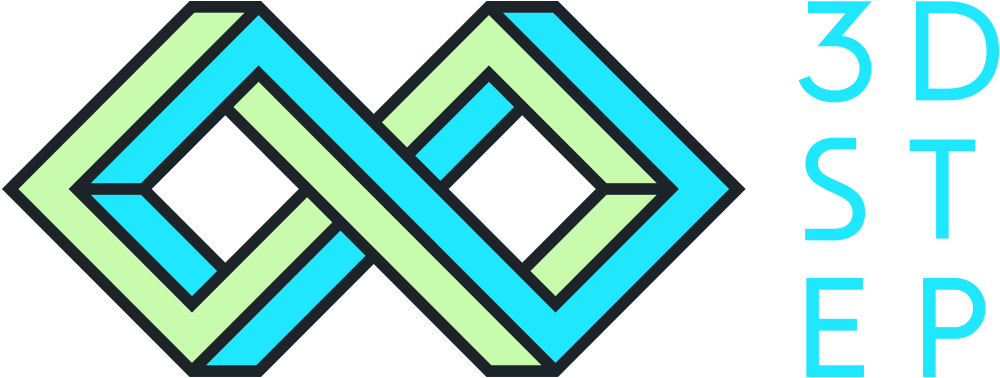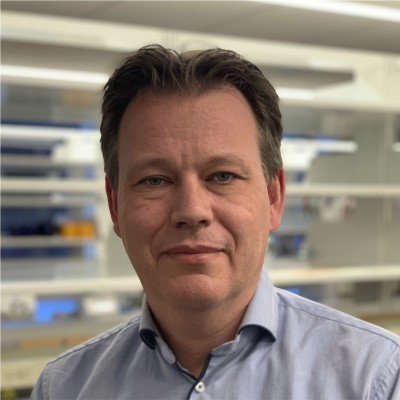People in additive manufacturing Peter Weijmarshausen
Who are the people advancing additive manufacturing and what are their stories? What inspires them? How do they see the future of AM? In this serie of interviews we will meet some of the amazing persons who have given their heart into additive manufacturing and 3D printing.
Peter Weijmarshausen is a serial entrepreneur and one of the forerunners in making global business out of 3D printing. He was a co-founder and the CEO of Shapeways (now listed on the NYSE), the biggest 3D printing platform. Today he is a co-founder and the CEO of Humane Genomics, to build a platform to make artificial viruses for cancer therapies with exceptional specificity and efficiency.
History
How and when You and 3D printing met for the first time?
I remember this very well and it is a long time ago. A good friend called me, it was sometime in November or December of 2006. He asked me: “What do you know about rapid manufacturing?” I had absolutely no clue what he was talking about and why he was calling me. At the time, my background was in internet technology and software. He convinced me to swing by his house and he showed me these “things” made out of plastic (I know now, these parts were made using SLS in Nylon 12). I was immediately fascinated and wanted to know more.
You are known for your visionary work and success with Shapeways. How did the story get started?
After the introduction to the technology by my friend, I was hooked. I wanted to learn more and I also had a hunch. As it turns out, I worked for the company that initially published Blender the now opensource 3D software. As a result, I still had a lot of friends in the Blender community and I thought: maybe they are interested in turning their digital 3D models into tangible, physical things? After talking to a few Blender users and showing them what was possible, I was convinced there was a business there. I figured that giving anyone access to 3D printing technology - the term 3D printing makes much more sense than rapid manufacturing - would democratize manufacturing. I had the idea that this opportunity could be massive. It turns out it is.
What inspired you in 3D printing?
I love technology and I love to share. Back in 2007, I figured that in giving anyone access to 3D printing would unleash new creativity the world had never seen. I was not disappointed. People started to make anything and everything: wedding bands, dresses, model trains, new types of material, art sculptures, coffee cups and more. To see all this creativity enabled through a platform that I helped to build was and still is phenomenal.
Today
What are Your main interests with 3D printing today?
Obviously, I want Shapeways to do well. Beyond that, I want 3D printing to deliver on its full potential of truly democratizing manufacturing and for 3D printing to deliver on its promise of being a more sustainable and local way of manufacturing.
For this to happen, many new available materials are needed and the cost needs to come down by at least another order of magnitude.
I am excited to see that the chemical industry is much more interested in the 3D printing space than ever before. I hope they can help reduce the material cost. The 3D printing manufacturers are building machines with much higher production efficiencies, effectively reducing machine cost. We also need to address the last part of the equation, which is the labor cost. Believe it or not, but with 3D printing at scale it is actually labor that drives the majority of the cost. Therefor I am really thrilled to see companies like AM-flow tackling the sorting and quality challenges.
On a completely different note: It is even possible to 3D print DNA! The process is called DNA synthesis. The DNA is designed on a computer and then synthesized to specifications base pair by base pair. It is a process that has a lot of similarities to 3D printing. There are even platforms giving anyone access to this technology like Twist Biosciences. (I think of them as the Shapeways of 3D printed DNA). At my current company, Humane Genomics, we have developed a platform to develop the next generation of cancer therapies using 3D printed DNA. Next to amazing applications in the field of pharmacology, 3D printed DNA will be used as a long term storage technology.
All in all, I believe in the next 5 years or so we will see massive breakthroughs occur.
Future
How do you see (or dream) 3D printing developing in 5-10 years from now?
In the next 5 (hopefully not 10) years I believe a few things will happen. First, we will see a rapid growth in the materials available for 3D printing. This is made possible by the increased interest in 3D printing from the chemical companies and also through the efforts of startups.
Second, from a business perspective, we will see a massive consolidation of 3D printing production capacity both in Europe and the US. The resulting large service providers will have localized manufacturing sites in several countries in Europe and multiple states in the US. They will be running huge facilities to maximize production efficiency.
These large 3D printing facilities will, through scale, reduced material cost, increased machine efficiency and automatic sorting and quality control realize a larger than 10x reduction in cost.
The combination of these things will result that we will see nearshoring becoming a sustainable alternative, a massive reduction in carbon footprint and the full democratization of manufacturing. Exciting times ahead!
How would you guide students, start-ups and entrepreneurs to approach 3D printing, as a vehicle to build better world?
I believe that 3D printing has the potential to help reduce our carbon footprint, make manufacturing local again and democratize manufacturing.
For that to happen a lot of things need to change which each by themselves are great opportunities for entrepreneurs, students and existing businesses.
We need to add a large number of new materials to 3D printing. Plastics, metals, ceramic, wood are possible but we need to improve the quality and provide the exact materials designers need and want.
We need to start thinking 3D printing during the design of new products. Maximizing its power of creating geometries that were previously impossible. The team at nTopology are doing great work in building the tools to make this a reality.
We need to work on operational efficiencies to reduce cost.
For anyone excited about the opportunities this provides, have a look at what part excites you most and then just do it!
Big and warm thanks for the interview, Peter!

